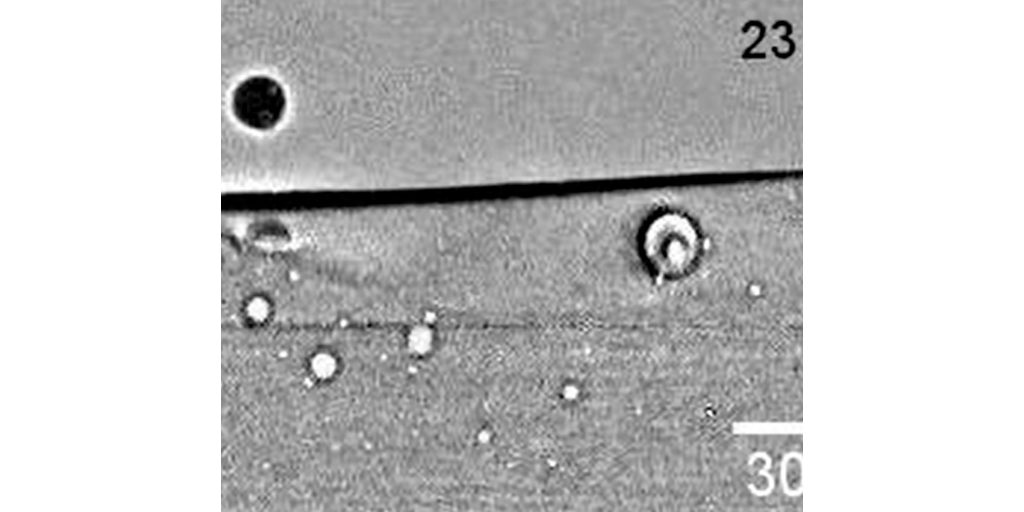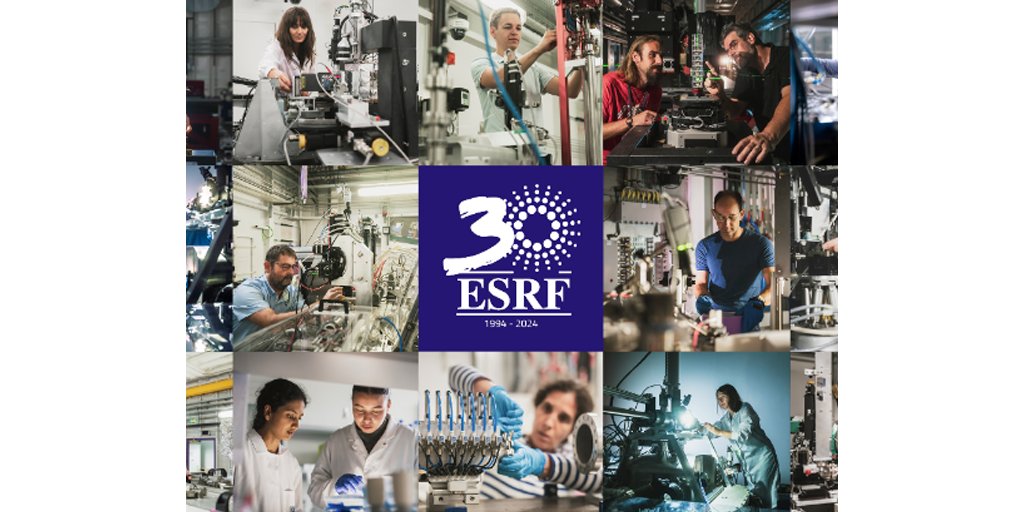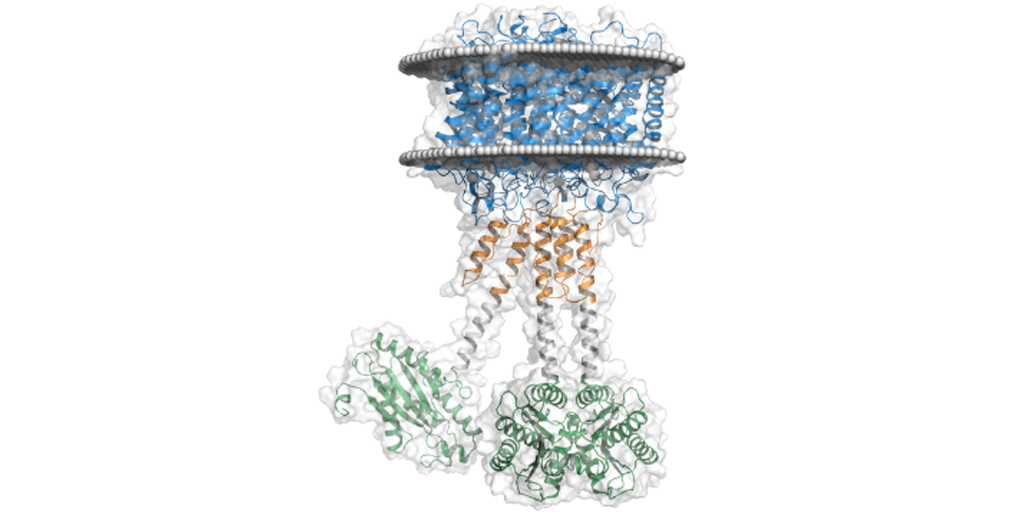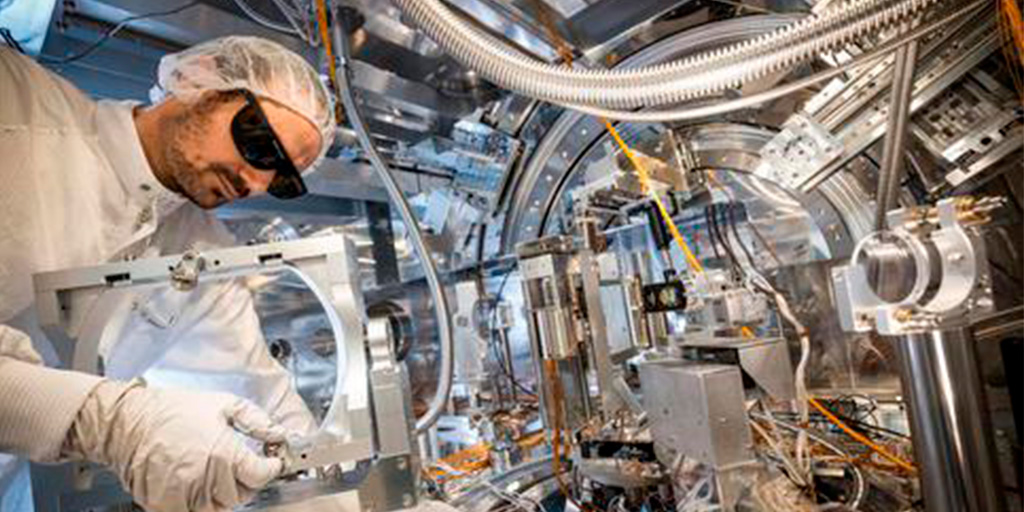For the so-called Industry 4.0, where intelligent production routes and advanced information technology are merged, additive manufacturing (AM) is considered as key technology. Additive Manufacturing is the technology that builds 3D objects by adding powdered material, one layer at a time, to form almost any object, regardless of its complexity. Directed energy deposition (DED) is a type of AM that focuses energy to melt blown powder onto a substrate for complex product fabrication and repair.
Today, many different products, often with intricate shapes, are manufactured using DED in aerospace, power systems, automotive and marine fields. These include the manufacturing and repair of specialised aerospace and power plant components such as turbine blades or nozzles.
However, the industrialization of DED has been limited so far, due to the porosity introduced in the process, which can be detrimental to the components’ performance.
“Whilst this technology is already widely used, there is still not much known about how pores arise and evolve in DED, so we wanted to investigate that”, explains Peter Lee, professor at University College London (UCL) and corresponding author of the paper. Until now, porosity in DED has mostly been studied ex situ, using metallographic observation and X-ray computed tomography. “There is a strong demand in getting results with industrial-relevant conditions and at a high temporal resolution to explain these pore mechanisms”, says Martyn Jones of Rolls-Royce plc.
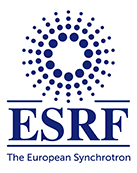
About ESRF
The ESRF is the world-leading source of synchrotron and a centre of excellence for fundamental and innovation-driven research for imaging and studying the structure of matter at the atomic and nanometric scale in all fields of research. Located in Grenoble, the ESRF owes its success to the international co-operation of 22 partner nations, of which 13 are Members and 9 are Scientific Associates. Following on from 20 years of success and scientific excellence, the ESRF launched the ESRF-EBS -Extremely Brilliant Source- project (150M€ over 2015-2022). Centred on rebuilding the ESRF storage ring, EBS will deliver unprecedented source brilliance and coherence (~100x), offering scientists with a powerful new instrument to look even deeper into the structure of materials and living matter. EBS also includes the construction of new state-of-the-art beamlines, a scientific instrumentation programme with ambitious detector projects and a data management and analysis strategy.
For the so-called Industry 4.0, where intelligent production routes and advanced information technology are merged, additive manufacturing (AM) is considered as key technology. Additive Manufacturing is the technology that builds 3D objects by adding powdered material, one layer at a time, to form almost any object, regardless of its complexity. Directed energy deposition (DED) is […]
